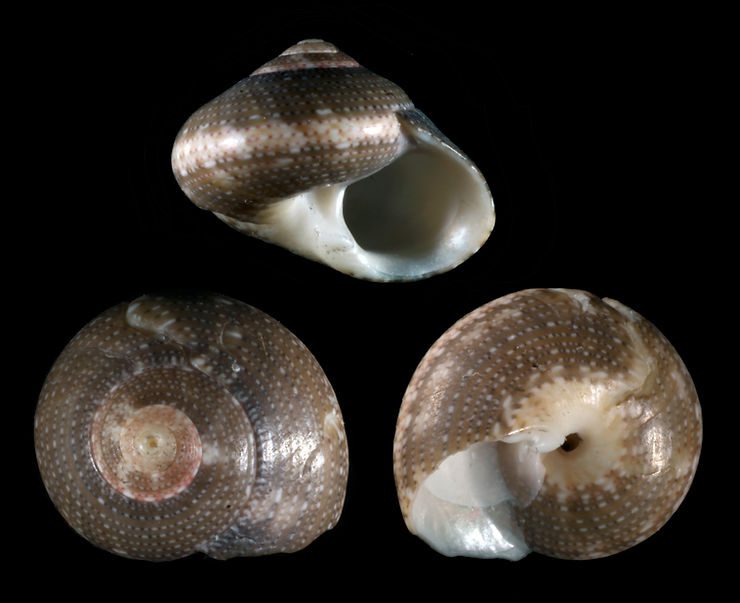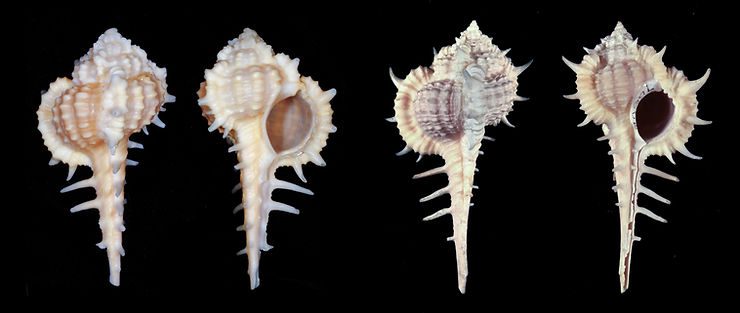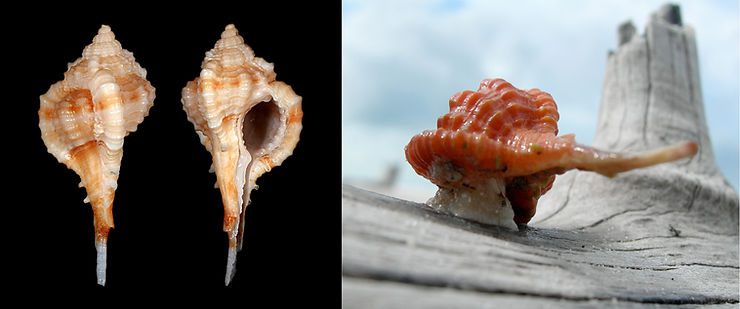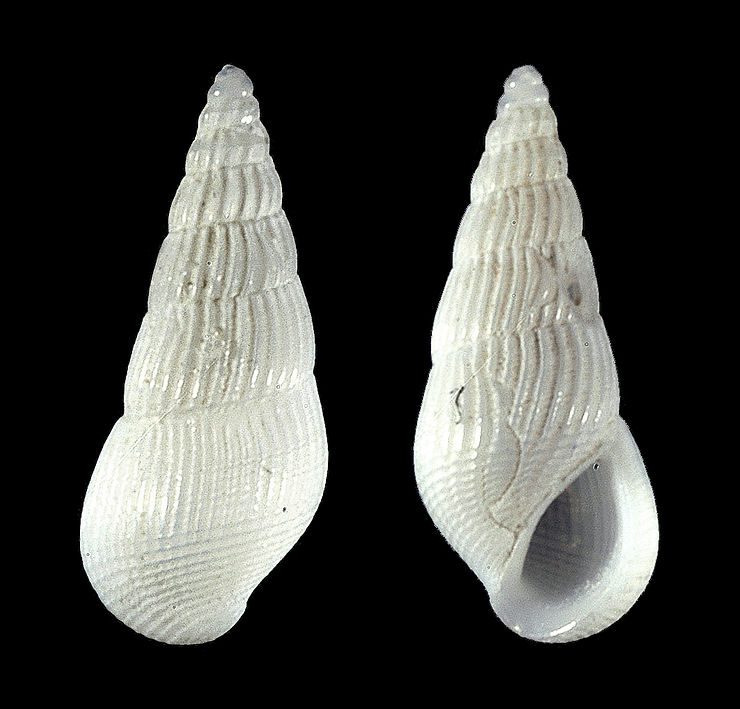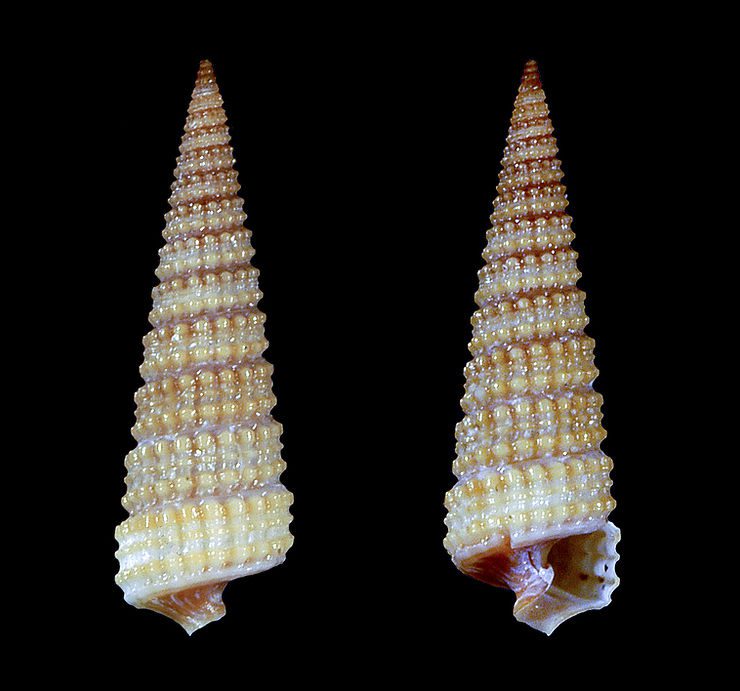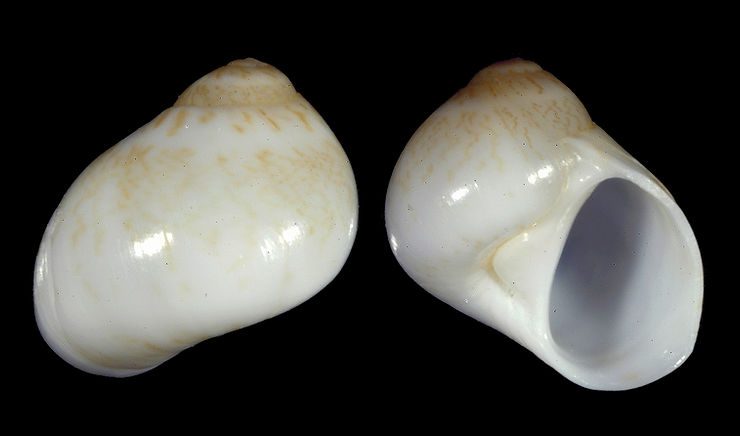
The Cut-ribbed Ark
Capable of growing beyond 4 inches, the Cut-ribbed Ark, Anadara secticostata (Reeve, 1844), is the largest among the seven species of shallow-water Ark Clams (families Arcidae and Noetiidae) found on Sanibel and Captiva. The large, yet elegant, shell of the Cut-ribbed Ark has the sculpture of curved radial ribs that is typical of other members of the family. Among other features, a faint groove that splits each rib longitudinally (hence the “cut-ribbed” qualifier in the common name) separates th
